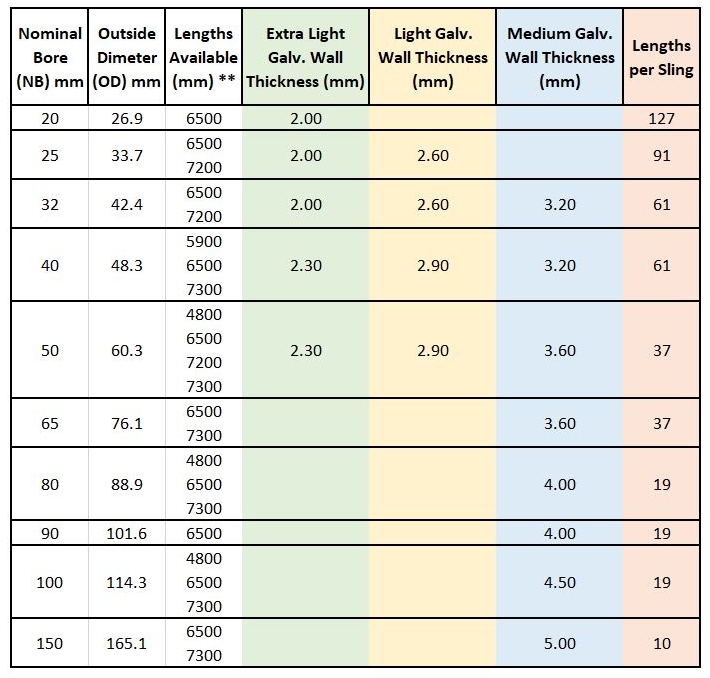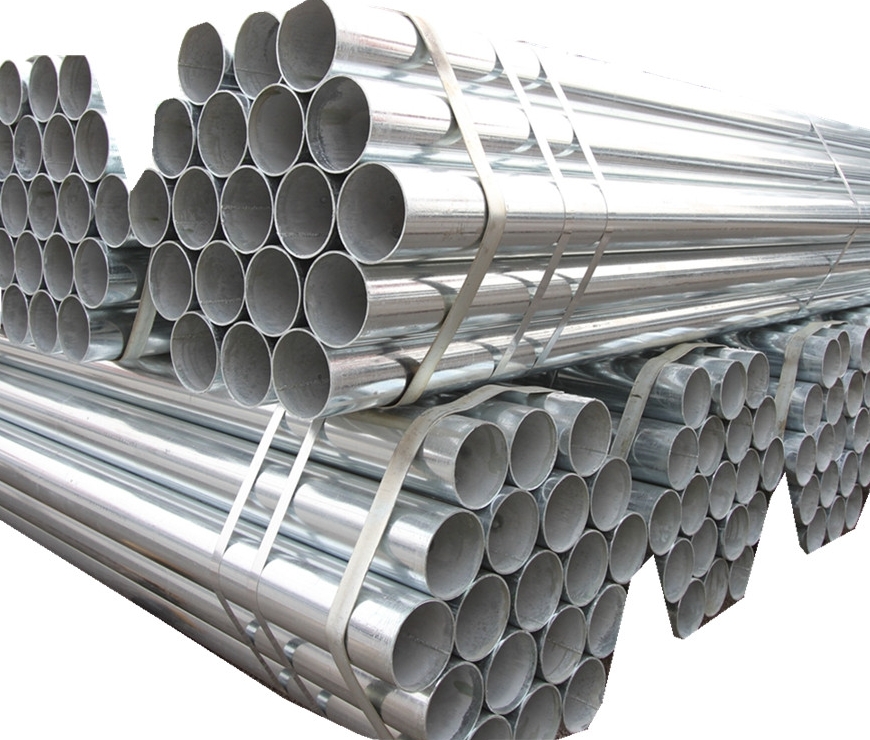Galvanized pipes are an excellent choice for a wide range of applications because of their durability, resistance to corrosion, and affordability. However, selecting the right galvanized pipe sizes for your project is crucial to ensure optimal performance and safety. This article explores the different galvanized pipe sizes available, their applications, and key considerations to keep in mind when choosing the right size for your project.
Introduction
Galvanized pipes are a popular choice for a variety of applications because of their strength, durability, and resistance to corrosion. Whether you are building a new structure or repairing an existing one, selecting the right galvanized pipe sizes is critical to ensure the success of your project. In this article, we will discuss the different galvanized pipe sizes available, their applications, and key factors to consider when choosing the right size for your project.
Galvanized Pipe Sizes
Galvanized pipe sizes are available in a wide range of diameters and lengths to suit different applications. The most common pipe sizes range from 1/2 inch to 6 inches in diameter, with lengths ranging from 10 feet to 24 feet.
Applications of Galvanized Pipe Sizes
Galvanized pipes are suitable for a wide range of applications, including plumbing, gas lines, fencing, and structural support. In plumbing, galvanize pipes are famous for water supply lines and drainage systems. For gas lines, galvanized pipes are the preferred choice because they are resistant to corrosion and can withstand high pressure. In fencing, galvanized pipes play important role in creating sturdy and durable frames for chain-link fences. In structural support, galvanize pipes are famous for providing strength and stability to buildings and other structures.
Considerations for Choosing Galvanized Pipe Sizes
When choosing the right galvanized pipe sizes for your project, it is important to consider several key factors. Firstly, you should consider the flow rate and pressure requirements of your application. This will help you determine the appropriate diameter and wall thickness of the pipe. Secondly, you should consider the length of the pipe required. As this will affect the cost and logistics of the project. Finally, you should consider the environment in which the pipe will use. Including factors such as temperature, humidity, and exposure to corrosive substances.
Conclusion
Galvanized pipes are a versatile and cost-effective solution for a variety of applications. By selecting the right galvanized pipe sizes for your project, you can ensure optimal performance, durability, and safety. Whether you are working on a plumbing system, gas line, fence, or structural support. It is important to consider factors such as flow rate, pressure, length, and the environment when choosing the appropriate galvanized pipe sizes. With the right approach, galvanized pipes can help you create reliable and long-lasting structures that meet your specific needs.


